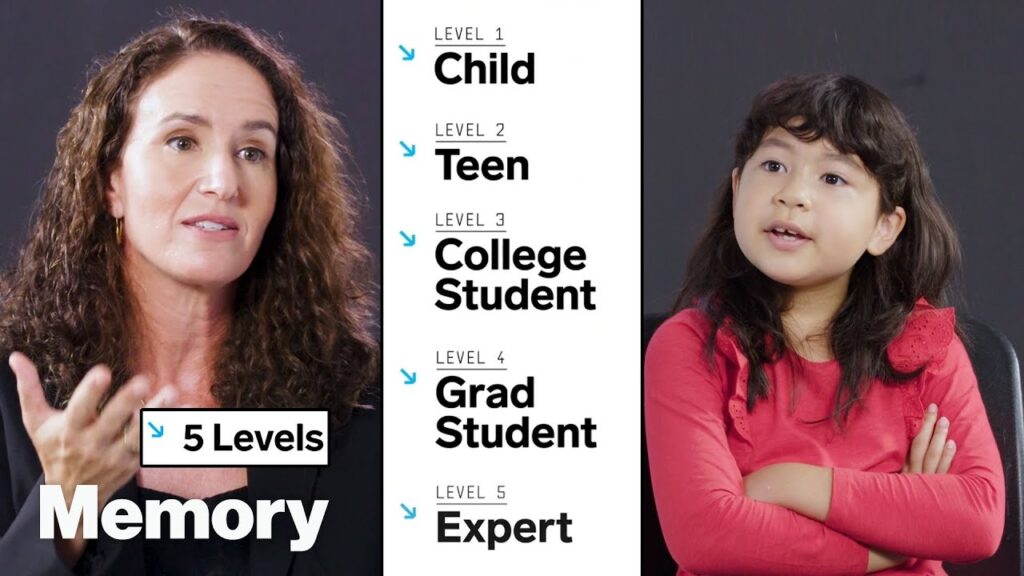Composting, Water Pollution, and Responsible Disposal: A Guide to Sustainable Living
Summary
In this article, we explore various topics related to sustainable living, including composting, water pollution, biodegradable vs compostable materials, microplastics, landfills, Amazon’s packaging, responsible electronic waste disposal, and starting a recycling program at work.
Table of Contents
- The Magic of Composting
- Water Pollution and Its Sources
- Biodegradable vs Compostable Materials
- Microplastics: The Tiny Pollutants
- Landfills: The Final Destination
- Amazon’s Packaging: Room for Improvement
- Responsible Electronic Waste Disposal
- Recycling at Work: How to Get Started
The Magic of Composting
Composting is a magical process that turns food scraps and yard waste into nutrient-rich soil. To improve composting, we can add more carbon-rich materials like dried leaves, straw, or shredded paper to absorb moisture. Composting reduces the amount of waste that ends up in landfills, where it produces methane, a potent greenhouse gas.
Water Pollution and Its Sources
Swimming in polluted water bodies can be dangerous to our health. In New York City, water pollution comes from various sources, including sewage overflow, stormwater runoff, and industrial discharges. We can reduce water pollution by using eco-friendly cleaning products, properly disposing of hazardous waste, and minimizing the use of single-use plastics.
Biodegradable vs Compostable Materials
Biodegradable materials can break down into smaller pieces, but they may not be earth-friendly. On the other hand, compostable materials are certified to break down into nutrient-rich soil in a composting facility. When shopping, we can look for products labeled as certified compostable to ensure they are environmentally friendly.
Microplastics: The Tiny Pollutants
Microplastics are small plastic pieces that measure less than five millimeters. They come from various sources, including synthetic clothing, personal care products, and plastic bags. We can reduce microplastic pollution by reusing non-plastic items, avoiding synthetic clothing, and using eco-friendly personal care products.
Landfills: The Final Destination
Landfills are the final destination for most of our waste. They take up valuable land space and produce methane, a potent greenhouse gas. We can reduce landfill waste by composting, recycling, and minimizing our use of single-use plastics.
Amazon’s Packaging: Room for Improvement
Amazon’s packaging has received criticism for being excessive and wasteful. To improve their packaging, Amazon can use more recycled materials and resize packaging to be more efficient. As consumers, we can also choose to consolidate our orders and opt for eco-friendly packaging options.
Responsible Electronic Waste Disposal
Electronic waste can be hazardous to our health and the environment if not disposed of properly. To dispose of electronic waste responsibly, we can look up electronic recycling options in our area, including drop-off depots or events. We should also remove lithium-ion batteries before recycling to prevent fires.
Recycling at Work: How to Get Started
Starting a recycling program at work can be a great way to reduce waste and promote sustainability. To get started, we can identify waste collection procedures, provide recycling bins, educate others on what can be recycled, and display signage to encourage participation.
Conclusion
Sustainable living is essential for the health of our planet and ourselves. By composting, reducing water pollution, choosing compostable materials, minimizing microplastics, reducing landfill waste, improving packaging, disposing of electronic waste responsibly, and recycling at work, we can all do our part to create a more sustainable future.







